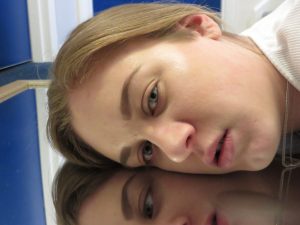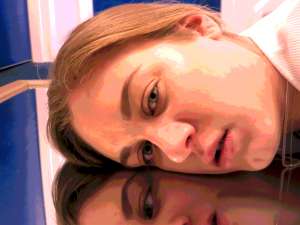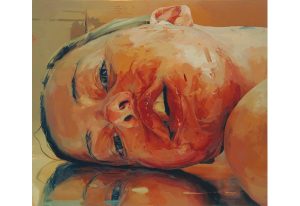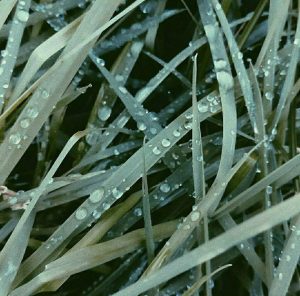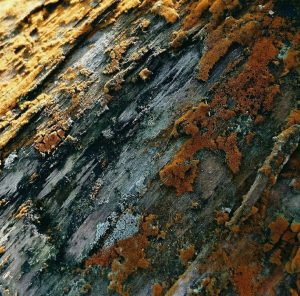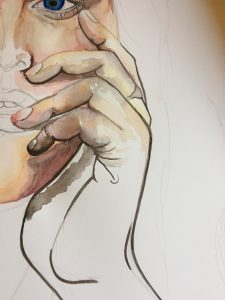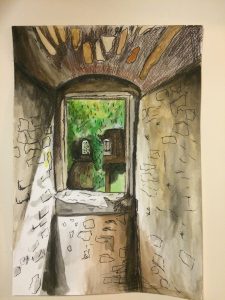Recent shift in direction. complimentary colours slashed marked people words.
The first few words “recent shift in direction” were meant to reflect on my recent works of marking using multiple mediums.My most frequent practice came under print making especially in the style of German expressionist art and so my current mode of practice drifts away from that and delves into a more contemporary style of art. This art piece in particular was in the beginning an experimental piece of paper where i slashed marks on its not making any specific image. I then decided to play around with some acrylic colours and used green and red which are complimentary to each other. i had been influenced a lot by illustrator Rola Chang recently whom creates ink paintings often in a state of movement and dramatic poses and this is where my slashes come from. The word gore came into mind when i thought of Oscar Murillo’s works which had words, usually ironic to his subject matter, that gave his work more of a suburban look. In the end i a improvised and created a side profile of a face by emphasising the lines that resembled the shape of a nose and lips. My end product was something i didn’t originally think i would make but this has been happening to my recent works recently as i am trying to become more open minded with mixing different mediums together.


